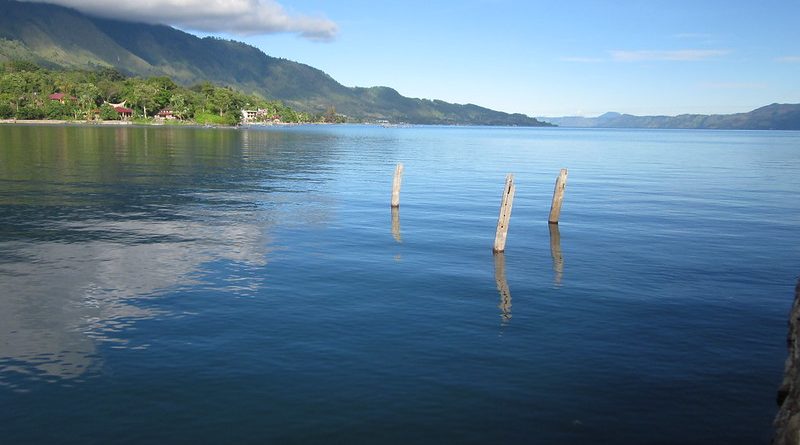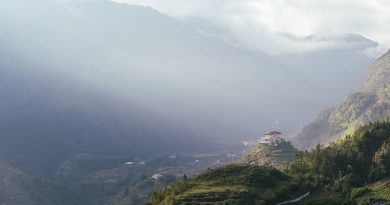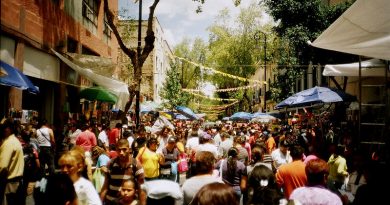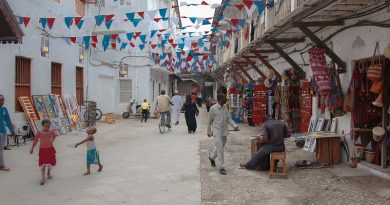The Top 5 Things To See & Do In Sumatra
One of Indonesia’s most beautiful islands, Sumatra is known for its jaw-dropping natural landscapes and diverse range of wildlife. With many of the endemic species under threat due to deforestation and natural disasters, the island is definitely worth a visit to glimpse some of the world’s rarest creatures while you still can.
Lake Toba
One of the most spectacular destinations in Indonesia, Lake Toba was formed following a super volcanic eruption tens of thousands of years ago and the largest explosive eruption in over 25 million years. The lake presently occupies the massive volcano’s caldera. Despite its destructive past, the lake is one of the most beautiful parts of the country, and is known for its diverse range of wildlife in the area.
Lake Maninjau
Another product of a volcanic eruption, Lake Maninjau isn’t as vast as Lake Toba but equally as beautiful. The lake has become a popular tourist site over the years, notable for being one of the world’s finest paragliding destinations. The lake is a major hotspot for biodiversity and a focal aspect of the island’s fishing and agricultural industries.
Mesjid Raya Baiturrahman
Built towards the end of the 19th Century, the Masjid Raya Baiturrahman is the island’s most iconic Mosque. Notably emerging from the 2004 Indian Ocean Earthquake and Tsunami unscathed, the mosque is considered to be a major national symbol of the Muslim religion and its importance to both the island and the country.
Tsunami Museum
One of the world’s most sombre museums, the Tsunami Museum was built in the aftermath of the 2004 natural disaster, which devastated Sumatra as well as many other parts of the region. Located in the island’s capital Banda Aceh, the museum is a stirring tribute to those who lost their lives during the natural disaster. Furthermore, the museum is fitted with a refuge, in case of future similar events.
Maimun Palace
One of the island’s most recognisable builldings, Maimun Palace was built at the end of the 19th Century as the residence of the Sultan of Deli. Having since been converted into a museum, the Palace is one of the island’s most significant tourist attractions due to its major historical significance as well as its distinct design. The building is a hybridisation of a number of disparate architectural styles, including Islamic,




